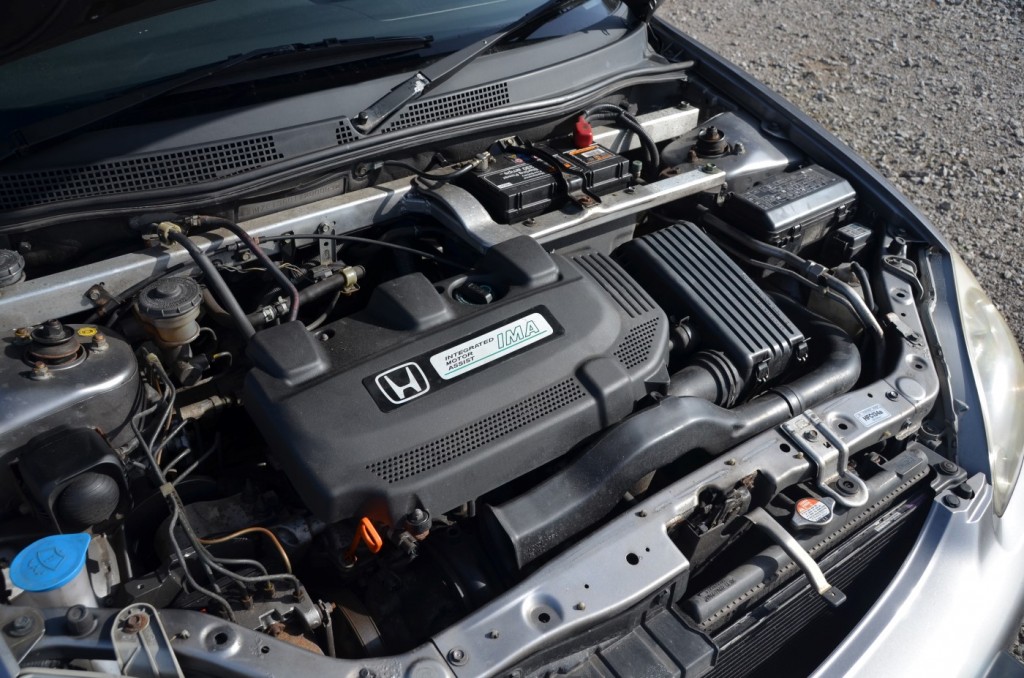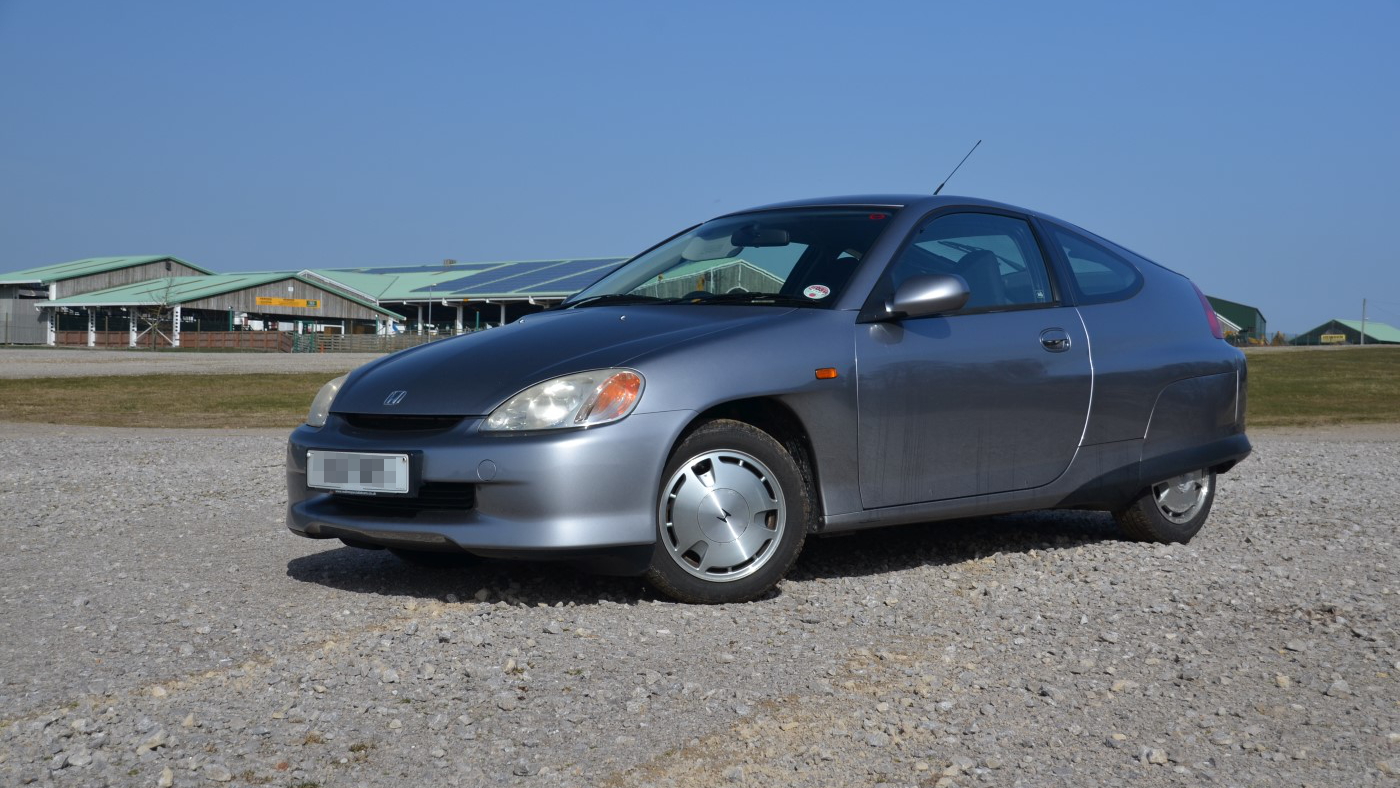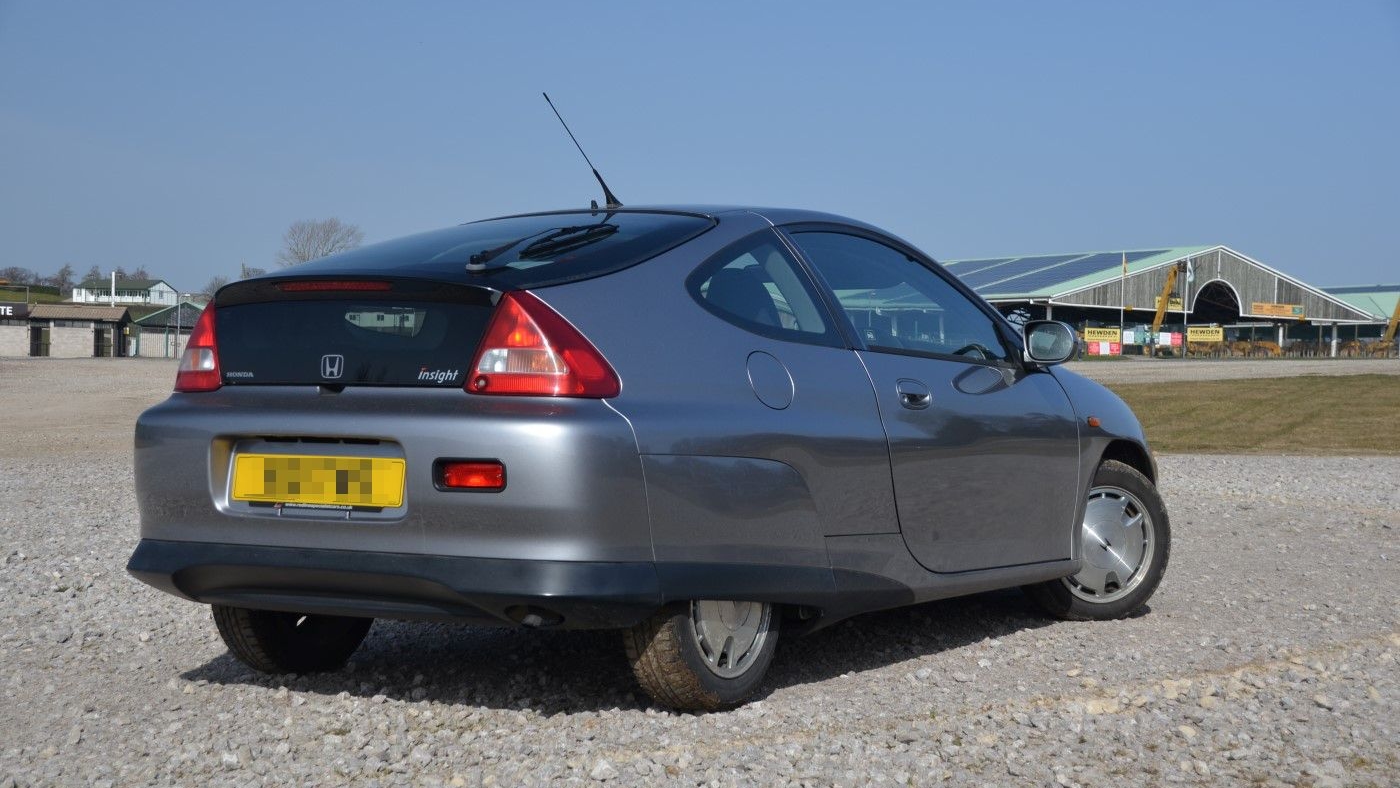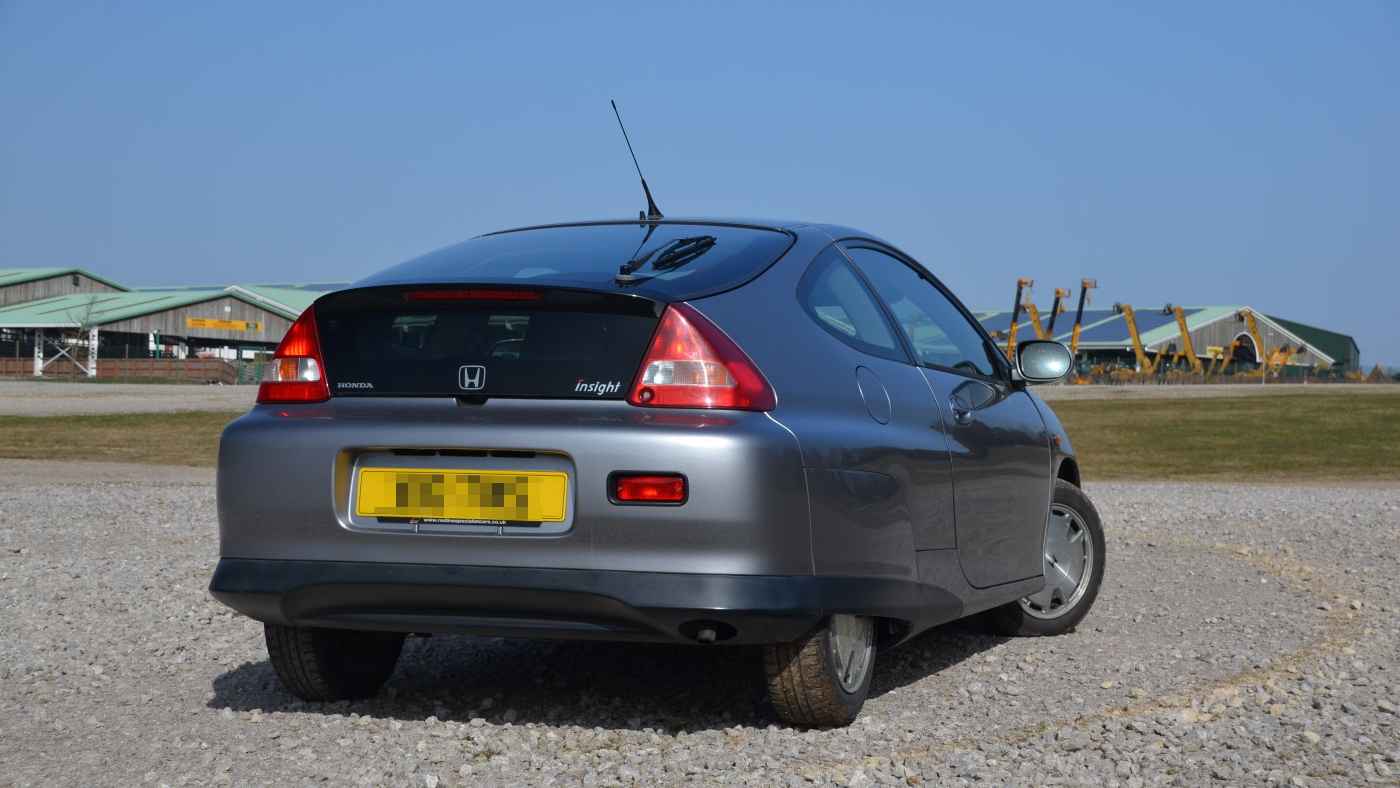We do our best though, which is how I've come to be the proud owner of a 2001 Honda Insight.
Let me explain.
ALSO SEE: Life With Tesla Model S: One Year And 15,00 Miles Later
Cars are rather expensive objects, so dropping cash on the latest electric vehicle, plug-in hybrid, punchy diesel or any other shiny object of desire isn't always possible.
I can't even stretch to a Smart Electric Drive, so a Chevy Volt is certainly out of the question and the upcoming BMW i8 merely a pipe dream.
Instead, many of us spend our time trawling sales adverts for used vehicles, buying up cars a decade behind everyone else.
On the plus side, it does mean we get to test the sort of cars we know we may be able to buy in another ten or fifteen years. On the negative side, any such car will have had several previous abusers by that point and any hope of a warranty is long gone.
The back-story
I never had that benefit of foresight in 1999 when the original Honda Insight appeared, since I was only 14 years old; three years from learning to drive, a decade from becoming a motoring journalist. I do recall liking the car though, if more for its resemblance to the old Honda CRX than the cutting-edge technology within.
Few were ever sold in the UK, since even with a modest government grant each one cost £17,000, about $27,500 at the exchange rate of the time.
That's nearly $9,000 more than the car's base price in the U.S. Some things apparently never change...
Sales barely topped 250 units before it was dropped in 2005, and a great number of those still remain--around 220 or so. They don't come up for sale often as a result.
When they do, prices tend to be on the high side--typically three or four times what you might pay for a Civic of similar vintage.
DON'T MISS: Startup Vukee Hopes To Crowd-Fund Tesla Car Sharing Service
This is partly down to the cars' technology, and partly, I suspect, because there are always going to be enough people in the UK who still want a Mk1 Insight, so demand is always a little greater than supply.
But I managed to bag one not 20 miles from my house. I'll admit, its proximity played a big part in me deciding to view the car.
The previous owner, Simon, had replaced it with another, in the vivid citrus green of the car's early press materials and road tests. That meant little was wrong with the car he was selling--he simply wanted a change. And that's good news for a buyer like me.

2001 Honda Insight
The car
What I appear to have procured is a 2001 Honda Insight in a fetching shade of metallic gray, with a manual gearbox. The CVT model was never sold officially in the UK, though some have sneaked in as imports from Japan.
Naturally, the car is right-hand drive, though there are very few differences to U.S. models in layout or specification. The dashboard around the radio headunit is different I believe, but otherwise all the buttons and switches do the same thing.
It gets the same aero-efficient wheels, the signature wheel spats, the split glass tailgate and diminutive proportions.
The drivetrain too is the same--a 1-liter, three-cylinder gasoline engine with Honda's first-generation 'Integrated Motor Assist' hybrid setup.
It is, even by today's standards, quite clever.
CHECK OUT: Electric Scooter In A Briefcase: Would You Pay $6,000 For It?
At the time, it was the world's lightest 1-liter, three-cylinder production engine. It's ultra-low friction, lean-burn functionality, an economy-minded VTEC system, a NOx-reducing catalytic converter (necessary given the lean burn), slimmer forged connecting rods, a magnesium sump, and a 2.4-inch thick electric motor.
Together the engine and motor develop a humble 75 horses and 83 lb-ft of torque (from a low 1,500 rpm), but since the car is constructed from aluminum and only weighs 1,874 lbs (with air conditioning, as mine has) there's not much mass to drag along.
It's aerodynamic too, with a drag coefficient of 0.25. And since it's tiny, the slippery body can work all the more effectively.
The upshot is a car that, at the time, achieved EPA ratings of 61 mpg in the city and 70 on the highway, though those were later revised to 48 city, 58 highway and 52 combined.
Even in Europe, where ultra-frugal diesels and downsized gasoline engines have become the norm, cars have only just begun to overtake its official 69 mpg combined economy rating.

2001 Honda Insight
The drive
I do appear to have bought a fairly good example of the Insight. This is a relief, as I've made some truly appalling purchases in the past.
It drives more or less as I'd expect. It's light on its feet, tracks straight and true, starts as instantly as any IMA-equipped car and has wonderfully light controls.
The steering is actually a little heavier than most over-assisted modern systems, but it's precise and the Insight hangs on more gamely in turns than you'd expect for a car with 165-section tires.
There are quirks, though.
The brakes take some getting used to. Not so much the power, as the feel: as an early regenerative system, there's a large soft patch in the pedal as the motor does its thing, and very little bite thereafter.
READ: Volkswagen To Triple Battery Capacity With Lithium-Air Technology?
There are inconsistencies in other areas too, many of which have been smoothed out in subsequent hybrids--things like the motor charging and assisting (and the lean-burn kicking in and out) and the small but noticeable effects that has on your progress--or the relative lack of engine braking when charging stops.
Due to incredibly long, economy-oriented gearing (if it had the power, fifth gear is good for over 200 mph...), the Insight never feels quite as brisk as you'd expect of a 1,900-lb car. Only first and second are really suitable for acceleration; the rest are merely there for different levels of cruising ability.
Oddly, this lack of urge seems to diminish as speeds rise--the car is presumably so slippery that relative changes in speed at higher velocities require much less effort than other, equivalent vehicles.
But that aside--and they're hardly issues I'm unable to live with--I love it.

2001 Honda Insight
This one's a keeper
I still find the styling brilliant more than a decade on, the space-age interior looks fantastic, the seats are comfortable and even with the odd split tailgate, visibility is still better than many modern cars. The fascinating engineering appeals too, and as an out-of-the-closet fan of bizarre vehicles, its weirdness also resonates.
I also like the minuscule size of the thing--it's within an inch in length and width to my old Mk1 Miata, and less than five inches taller.
And I have a feeling I'll appreciate the economy. In a country where gas is $8 a gallon, a car that can theoretically do 700 miles at highway speeds on about $80 of gas is ideal.
All being well, I'll own the Insight for quite some time.
Don't get me wrong. Anyone who has perused my Twitter page will know I'm a fan of pretty much all vehicles. I'll own another Miata one day, there are all sorts of performance cars and classics I want to buy and I could still be tempted by that BMW i8, lottery win permitting.
But after fixing a few small issues (which I'll report on in a later update), the Insight will be my daily driver.
It may need a battery at some stage, of course. But I'll cross that hurdle when I get there. In the meantime I'll just be appreciating its rarity, its avant-garde engineering and the fact I'm now practicing what I preach...
_________________________________________



















